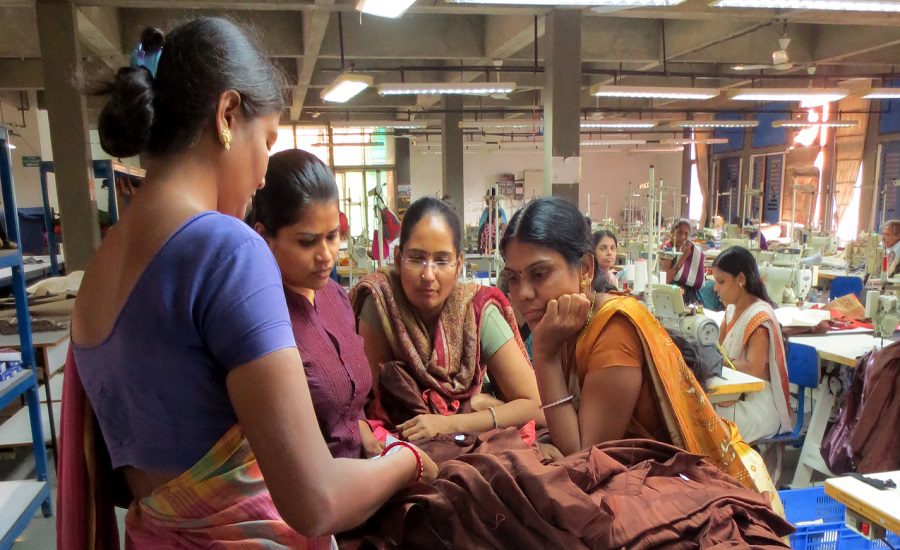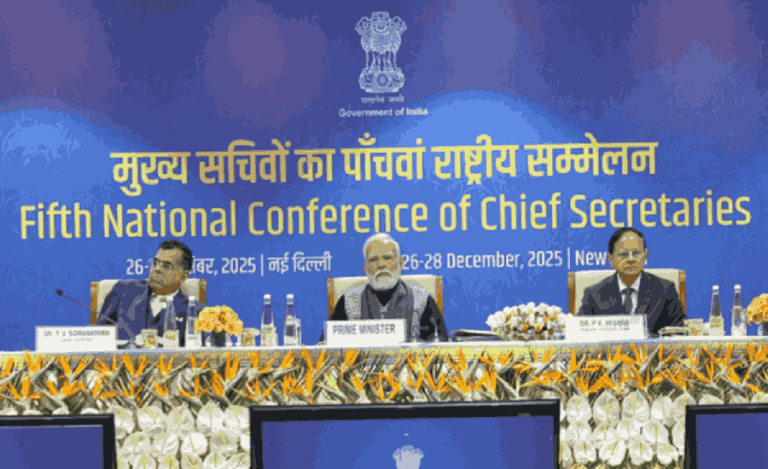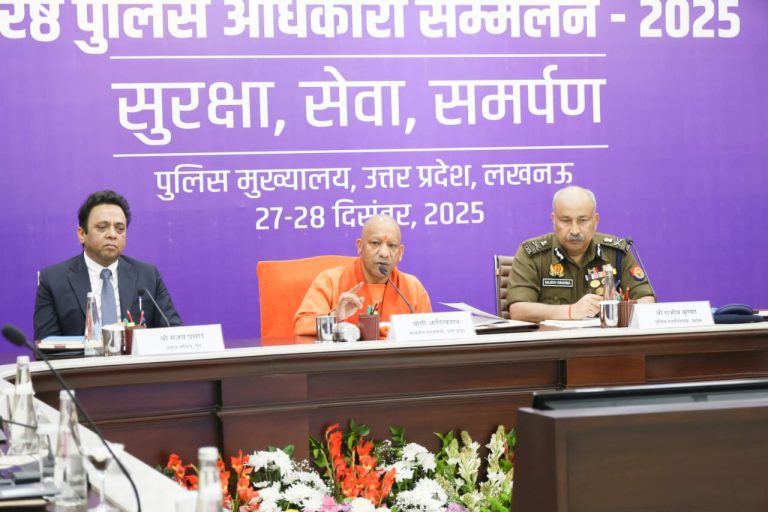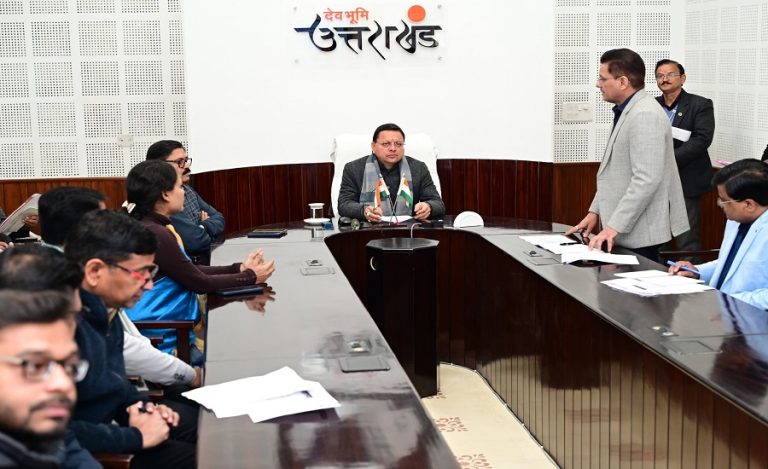New Delhi: According to the latest data released by the Ministry of Statistics and Programme Implementation (MoSPI) for June 2025, women’s participation in India’s workforce has taken a noticeable downturn — particularly in rural regions.
Labour Force Participation Rate (LFPR) Sees Decline
The overall female LFPR across all age groups dropped to 24.5% in June, down from 25.5% in May 2025.
In rural areas, the LFPR stood at 69.9%, a marginal dip from 70.2% a month earlier, reflecting the declining demand for labour in agricultural sectors. The urban female LFPR (15+ years) dropped to 36.9%, while rural women’s LFPR fell to 35.2% — highlighting a worrying trend.
Meanwhile, the unemployment rate for individuals aged 15 and above remained unchanged at 5.6%.
Read Also: From Denial to Dominance: Why July 17 is Historic for Indian Women in Civil Services
Who Is Most Affected?
Women aged 15 years and above have experienced the steepest decline in workforce participation — driven largely by reduced opportunities in informal and seasonal employment.
Rural female employment in agriculture plunged by a staggering 54.2%
Urban female employment also fell sharply by 54.8%
Women engaged in casual, seasonal, and unpaid family work have been most vulnerable.
Key Reasons Behind the Decline
Experts point to a mix of seasonal, environmental, and socio-economic factors-
- Agricultural off-season during May–July reduces labour demand in rural areas
- Extreme summer heatwaves hinder women’s ability to engage in outdoor work
- Lack of transition from agriculture to better-paying construction or service sector jobs
- Men are more likely to shift to stable non-farm jobs, while women remain tied to the informal sector
Structural Barriers Continue to Limit Women’s Workforce Entry
Other contributing factors include-
- Rising household incomes, allowing some families to withdraw women from paid work
- Social norms and domestic responsibilities preventing women from seeking formal employment
- Changes in data collection methods now account for unpaid household and care work, revealing a clearer gap
What Can Be Done?
Policy experts and economists suggest multi-pronged interventions to reverse the decline and ensure more year-round, secure employment for women:
- Skill development programs tailored for non-agricultural sectors
- Flexible work arrangements and family-friendly policies
- Heat-proof or indoor workspaces for climate resilience
- Public-private partnerships to generate sustainable jobs
- Targeted subsidies or incentives to hire women in MSMEs and service industries
- Awareness campaigns to shift social attitudes around women’s work
Time to Act
Stable and dignified employment for women is essential not just for gender equity, but also for strengthening India’s economic potential. As India aspires to become a $5 trillion economy, leaving half the population out of productive work could prove costly.



























